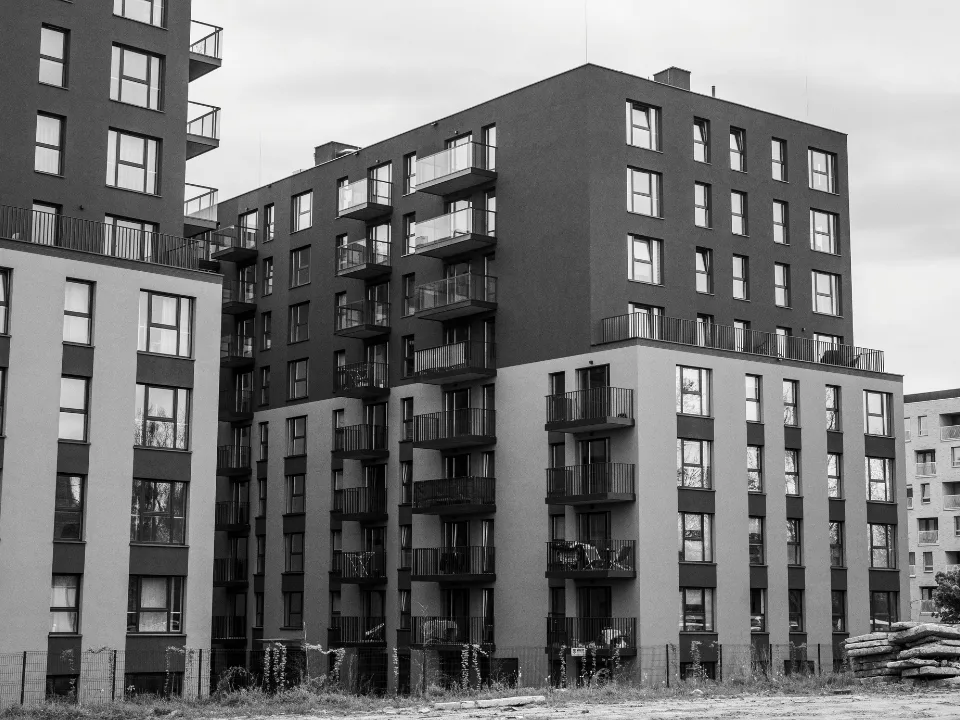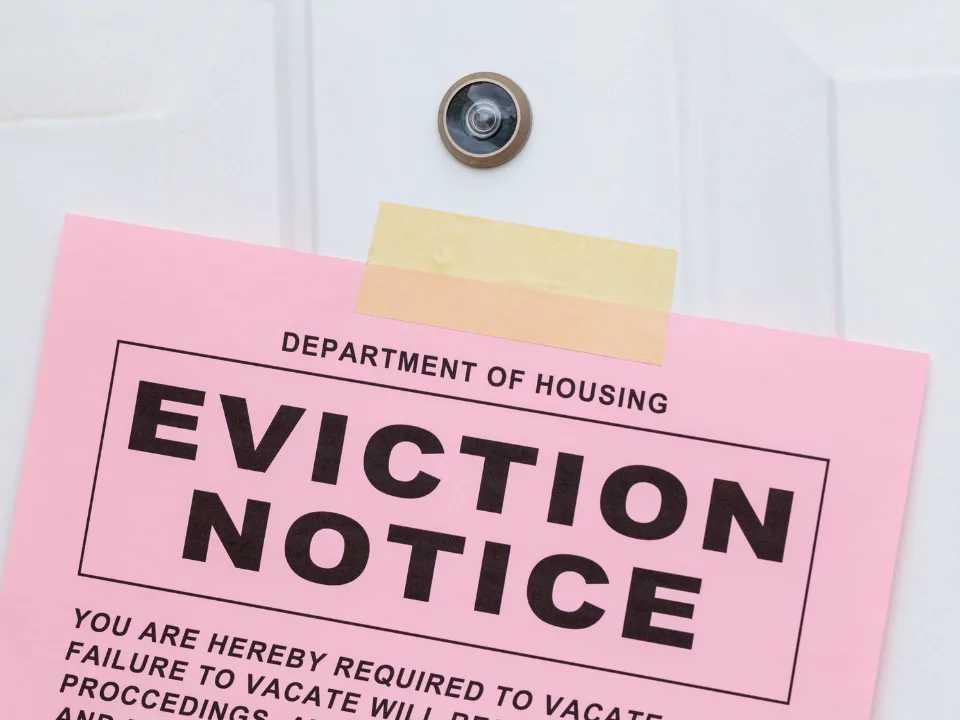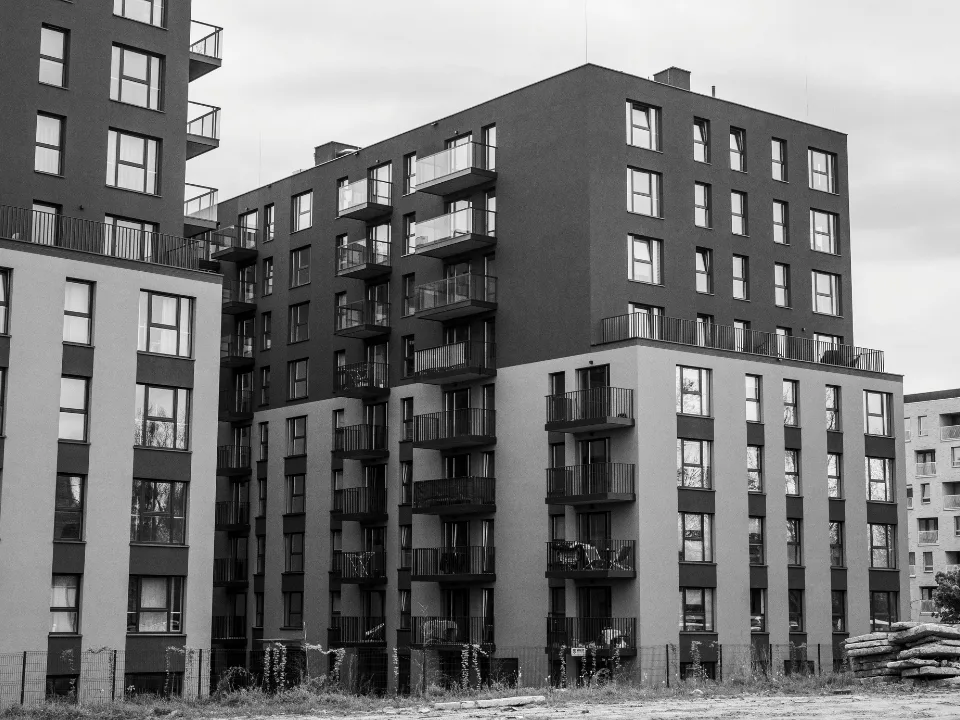Fed’s Next Move: CRE Braces for Impact
Speculation is high about the Fed possibly pausing rate hikes at today’s meeting. Experts discuss the potential outcomes and impact on multifamily.
Together with
Good morning. Amid recent bank failures and declining inflation rates, experts foresee a possible halt in interest rate increases. The office market situation in at least eight major U.S. cities is more challenging than that of NYC. Meanwhile, uncertainty in the general economy is curbing real estate M&A activity, but there might be a surge in the latter half of the year.
Today’s issue is brought to you by AirGarage, the end-to-end solution for parking lot owners to boost their NOI and reduce operating expenses.
Market Snapshot
|
|
||||
|
|
*Data as of 6/13/2023 market close.
👋 First time reading? Sign up here.
WHAT TO WATCH
Rate Hike Pause? The Multifamily Sector Awaits the Fed’s Decision

Source: Commercial Observer / ILLUSTRATION BY JOHN CORBITT
The most recent rate hike in May brought the target interest range from 5% to 5.25%, the highest rate in over 15 years. Speculation is running rampant on whether the Fed will finally pause on rate hikes at their upcoming meeting on Wednesday, June 14th. Experts weigh in on what’s next.
Will they or won’t they? The Federal Reserve has increased interest rates ten times in a row so far. The decision on whether they will hike rates for the 11th instance today will be influenced by numerous elements. The recent collapse of several banks, underwhelming inflation figures, a minor increase in joblessness, and possible signs of an impending recession are among the various factors leading many specialists to anticipate a halt. However, not everyone shares this viewpoint.
Predictions for the meeting: Stephen A. Sobin, president of Select Commercial Funding LLC, is among the experts who expect the Fed to hold back on further increases at the June meeting. Carey Heyman, managing principal of the real estate industry at CliftonLarsonAllen (CLA), agrees with this consensus, adding that the markets have already factored in an 80% chance of a pause.
Multifamily misgivings: Despite hopes for a pause in interest rate hikes, the future is uncertain, especially for the multifamily industry. The sector has already experienced a significant decline due to previous rate increases, with sales volume dropping drastically and development activity almost coming to a halt. While a potential recession could prompt a pause or a decrease in rates, continued inflation might necessitate further hikes, casting a shadow of uncertainty on the industry’s future.
Tough times ahead: Multifamily investors and developers may find a silver lining as potential homebuyers, deterred by rising rates, opt to rent for longer. However, challenges in securing financing for new deals are mounting due to the void left by Signature Bank’s fallout. Further complicating matters, existing loans and climbing cap rates are causing headaches for owners and operators, who may struggle to maintain adequate cash flow to service increased mortgage payments.
➥ THE TAKEAWAY
When the going gets tough: While a pause in interest rate hikes may offer temporary respite to multifamily investors and developers, significant challenges remain. The rate of return on many apartments is currently below ongoing interest rates, potentially triggering a value drop. Moreover, come 4th quarter of 2023, high rates and maturing debts could exert more pressure on the sector. Therefore, a complex and possibly challenging future awaits the multifamily industry, regardless of the Fed’s next move.
⏩ Forward this article by clicking here.
TOGETHER WITH AIRGARAGE
Legacy Parking Hurting Your Bottomline?
Paul, the owner of a 130-space parking lot in Chicago’s Fulton Market, was looking for a way to increase his property’s NOI. Despite the area’s rapid growth in retail rents, Paul was not seeing growth at his lot.
He was receiving a flat lease payment from his parking operator, who provided no transparency around how much revenue the property was generating.
That all changed when AirGarage approached Paul with a better deal. After conducting a parking revenue audit, AirGarage’s data showed that the parking lot was generating far more revenue than Paul’s current lease suggested.
By converting to AirGarage’s full-service parking management, with a transparent revenue share agreement, Paul saw an immediate increase in monthly income. Within the first year of working with AirGarage, Paul saw a 41.6% NOI increase.
Don’t settle for outdated lease structures and hidden revenue data. Talk to AirGarage to find out how they can help you maximize your net operating income and unlock the full potential of your property.
GHOST TOWERS
When it Comes to Office, 8 U.S. Cities Are Worse Off Than NYC

The skyline of New York’s central business district at sunset surrounds the 104-story One World Trade Center. (CoStar)
Downtown Manhattan has been making the news for all the wrong reasons lately. But according to data from CoStar Analytics, NYC actually had the second-lowest availability rate among the top 10 U.S. office markets in 1Q23. Guess which city was in first place?
Other major offenders: Out of the top 10 U.S. office markets, Boston had the lowest availability rate (17.9%), followed by NYC (18.2%), Atlanta (20.9%), and Los Angeles (21%), with Austin (21.1%) rounding out the top 5. Seattle comes next (23%), followed by Chicago (24.1%) Dallas (24.9%), San Francisco (29.5%), and Houston (29.6%) in 10th place. Of course, these numbers don’t tell the full story. Sun Belt cities like Austin and Dallas also have a lot of new construction waiting to be filled, whereas East Coast gateways like NYC don’t.

The availability rate in New York’s central business district stands at 18.2%, which is the second lowest rate among the top 10 office markets.
Houston, we still have a problem: Houston is notable because the city has had higher availability rates since 2016, which is unsurprising considering Houston has struggled with its office sector for a long time. Despite having the highest office attendance rating according to Kastle data, the city’s office space availability rate has been steadily climbing.
➥ THE TAKEAWAY
Widespread weakness: While New York’s office sector has been subject to many recent challenges, other US cities are faring even worse than the largest office market in the world. The recent trends observed among the top 10 US office markets reveal that the office sector has been struggling significantly. With widespread weakness in the US office sector, it is clear that the decreasing availability rates in Boston and New York should not be seen as a triumph for these cities, but as an indicator of the country’s current economic challenges.
⏩ Forward this article by clicking here.
Around the Web
📖 Read about how the South has emerged as America’s new industrial heartland, attracting manufacturing investments, particularly for electric vehicles and renewable energy, ahead of the Midwest.
🖥️ Watch this segment from CNBC’s Market Alert on the sudden bull market we now find ourselves in and why CRE will see trillions in refinancing.
🎧 Listen to this week’s episode of The TreppWire Podcast, where the team discusses the current state of the CRE market and concerns over a looming hotel default.
COST OF CAPITAL
Mega M&A Deals Scarce in Current Real Estate Market

claudenakagawa/iStock/Getty Images
Following a surge of mergers and acquisitions in the real estate sector in 2022, deal activity has slowed due to disruptions in property pricing.
The landscape: Following the $16 billion acquisition of Life Storage Inc. by Extra Space Storage, there have been five M&A deals in the real estate sector exceeding $10 billion since the onset of 2022, as indicated by S&P Global’s M&A Deal Tracker. However, the frequency of these significant M&A activities remains low due to challenges such as increased capital costs and uncertainties in valuation.
Uncertain economic factors: Prevailing interest rates and the uncertainty regarding the future state of the economy, including inflationary pressures, especially those under the management of the Federal Reserve, are profoundly impacting M&A activities. Additional factors such as the indeterminacy surrounding future work models and the growing impact of remote work also influence valuations and M&A activities, particularly within the office sector. This has created a valuation gap, as sellers’ expectations from a year ago do not align with current market values.
The state of the market: As per Deloitte’s 2023 Commercial Real Estate M&A Outlook, M&A activity involving U.S. public and private REITs reached $83 billion in 2022, the second-highest yearly figure since 2007. However, both the monetary volume and the number of M&A deals experienced a drop during the second half of 2022, with this slowdown carrying over into 2023.
Higher hurdles: The main roadblocks in the way of real estate M&A deals are high capital costs and valuation uncertainties. Deals become considerably more expensive for parties needing leverage, and securing debt has become more challenging. Furthermore, interest rates and inflation are causing a disparity in valuation, with current prices falling short of sellers’ expectations from the previous year.
➥ THE TAKEAWAY
Dry powder looking to get wet: Deloitte anticipates a rise in M&A activity by the latter half of the year, triggered by maturing debts and monetization opportunities. While $400 billion in private equity reserves could spur this activity upon market stabilization, the trend may extend into 2024 due to interest rate uncertainties. Private equity firms, anticipating a decrease in future real estate prices, are expected to prioritize strategic mergers and safer investment opportunities.
⏩ Forward this article by clicking here.
✍️ Daily Picks
-
Winning streak: Stan Kroenke, the billionaire owner of Denver’s Rams and Nuggets, has taken a majority stake in a San Diego multi-use sports arena development.
-
Sigh of relief: Remember that lawsuit Airbnb (ABNB) filed against NYC due to Local Law 18? The city has postponed enforcing it until September.
-
Commanding a crowd: Taylor Swift’s 2022 North American tour brought hotel demand on par with a ‘Triple Super Bowl’ to cities across the country, with Nashville seeing the biggest jump.
-
Landlords dodge loan bullet: 601W, the NY-based landlord of Chicago’s Aon Center, received a four-year extension of its $536M debt maturity date.
-
A new way to speculate: Terra Strategies, founded by Shlomo Chopp, aims to invest in undervalued properties via derivatives that capitalize on bond and equity valuation discrepancies.
-
Pickles all the way down: If you still haven’t played pickleball yet, new courts and a sports bar thrown in for good measure are heading to the abandoned Harbor East warehouse in Baltimore.
-
Cannot Open: DC’s Hoffman & Associates has proposed three mixed-use projects in Charlotte and Richmond worth $400M that would add over 1 MSF to their pipeline.
-
From hotels to hot dogs: Hotel mogul Sam Nazarian expands his portfolio with the acquisition of Nextbite, a food technology business that partners with delivery-only brands.
-
Goldman, Morgan’s two cents: Goldman Sachs (GS) and Morgan Stanley (MS)’s bosses both believe they’re finally seeing ‘green shoots’ in their investment banking businesses.
-
Developer free-for-all: CEO of Related Cos., Jeff Blau, criticizes Houston’s lack of zoning and abundant parking lots while Hines has found success in the city’s free-for-all development scene.
-
Snatched up: M&A activity in Q1 declined 48% YoY globally, but DTC brands including Scotch & Soda found buyers, according to data from PitchBook.
-
Third time’s not the charm: Miami failed for the third time to replace the Hyatt Regency Hotel and James L. Knight Intl. Center with three towers that would house a new 615-room Hyatt Regency and over 1,500 apartments.
-
Fulfilling demand: Triangle’s industrial real estate portfolio had a positive net absorption of 862 KSF in 1Q23, driven by e-commerce demand for warehouse/distribution space.
-
Student housing: Campus Realty Advisors acquires The Monroe, a 796-bed student housing property at Indiana University, for $36.03M with financing secured by BWE.
📈 Chart of the Day
The U.S. Bureau of Labor Statistics reported a 4% annual increase in the consumer price index in May, marking the lowest rise in over two years. However, the core CPI, which excludes fluctuating energy and food costs, remains high, causing worry among economists.
Notable yearly increases were observed in sectors such as shelter, motor vehicle insurance, recreation, household furnishings and operations, and new vehicles. Meanwhile, categories like airline fares, car and truck rentals, citrus fruits, fresh whole milk, and used cars and trucks saw price drops over the year.
What did you think of today’s newsletter? |
HIT THE INBOX OF 65K+ CRE PROFESSIONALS
Advertise with CRE Daily to get your brand in front of the Who’s Who of commercial real estate. Subscribers are high-income decision makers, investors, and C-suite executives always looking for their next investment, product, or tool.





















